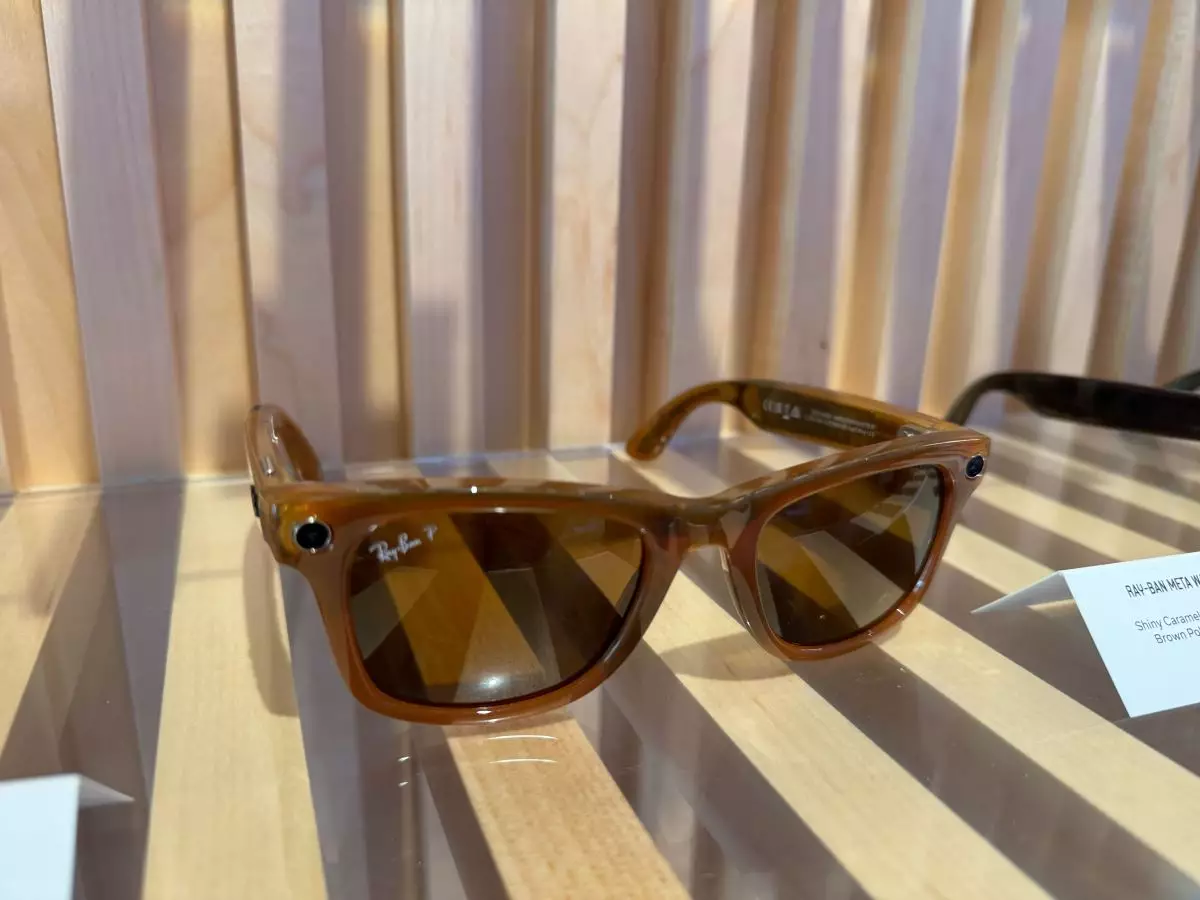At the recent Meta Connect event, CEO Mark Zuckerberg showcased a range of advancements stemming from the collaboration between Meta and Ray-Ban. Among these innovations, the highlight was undeniably the introduction of real-time translation capabilities within eyewear that promises to revolutionize the way we interact across language barriers. This development signals a significant step towards creating a more interconnected world, where effective communication transcends linguistic differences.
The incorporation of real-time translation directly through the glasses’ built-in speakers represents a groundbreaking utility for travelers and global citizens alike. Imagine conversing effortlessly with someone speaking a different language, from Spanish to French or Italian; the glasses will translate the spoken words into English, which you will hear clearly, thanks to the open-ear audio technology. This feature not only enhances personal interactions but also fosters a sense of unity and understanding among diverse cultures. The ability to communicate without hesitation can greatly enrich travel experiences and business dealings.
The announcement comes as part of a larger trend in technology where software and hardware converge to break down traditional barriers to communication. Live translation has long been an aspiration for tech corporations, with several attempts made in the past, including Google’s conceptualized glasses equipped with heads-up display technology. Unlike those early attempts, which remained confined to the realm of prototypes, Meta’s approach appears more grounded in feasibility and present-day application. Still, the project does come with its own set of challenges relating to accuracy and the nuances of language, which need to be addressed for the technology to be widely accepted.
Future Prospects and Language Expansion
While Meta hasn’t confirmed a timeline for the launch of this translation feature, the prospects are intriguing, particularly with their commitment to expanding the list of languages supported by the feature in the future. Initially, it appears that the feature will focus on romance languages; however, as demand grows and the technology matures, we can realistically anticipate the inclusion of a wider array of languages. This ambitious goal could position Meta as a leader in facilitating global dialogue, appealing to a broad audience eager to bridge communication divides.
The real-time translation capability heralds an optimistic future for tech-driven communication solutions. By leveraging the synergy between AI and wearable technology, Meta’s initiative not only promises convenience but also aims to foster empathy among individuals from varying backgrounds. If successfully implemented, these glasses could truly become a symbol of a world where communication is effortless, inclusive, and universal. As Meta moves forward with this innovative project, both the tech community and potential users eagerly await the tangible impact it will create in our increasingly multicultural society.

